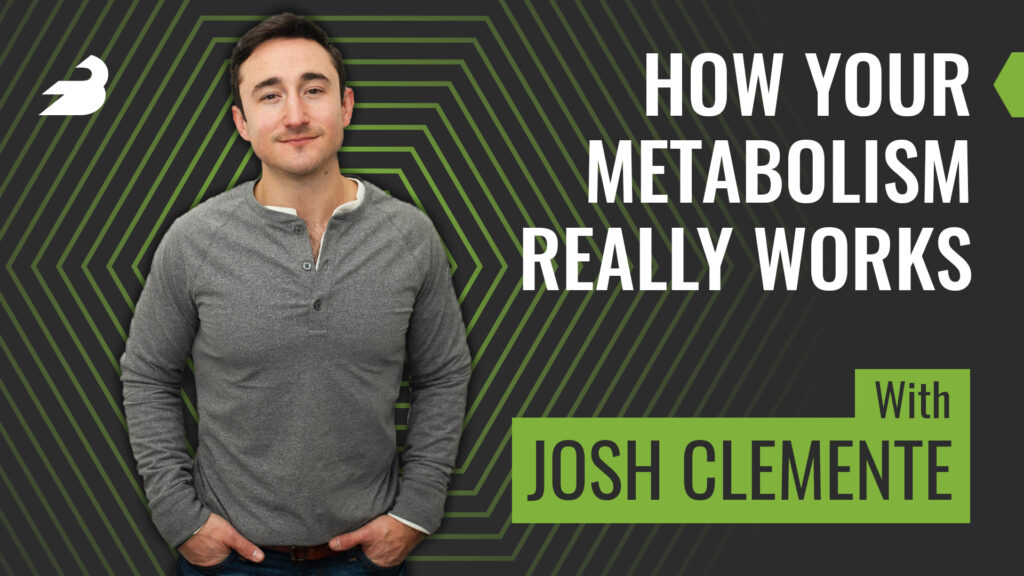Today we’re talking to Josh Clemente, Founder and President of Levels, a company producing wearable tech so users can track blood glucose in real time to maximize diet and exercise results. It’s a new company, and after a $12 million fundraise, they’re already in use by top pro athletes and are even making waves in the strength sports community. Josh is a veteran of both SpaceX and Hyperloop One, and his background is in designing life support systems for the next generation of space exploration. In today’s episode, we discuss how that work inspired Josh to found Levels, why metabolic responses can vary so differently from one person to the next even with the same food, and what this means for actionable insights into strength and performance.

On this episode of The BarBend Podcast, host David Thomas Tao talks to Josh Clemente about:
- How Josh cut his teeth with live support systems at SpaceX (2:00)
- Understanding glucose and Josh’s personal metabolic revelation (04:00)
- Adapting a clinical technology for Levels (07:10)
- How metabolic responses extend beyond what you’re eating to other factors: Sleep, stress, etc. (10:55)
- Josh’s personal dietary framework (14:25)
- The myth of “running out of energy” for most athletes (19:00)
- Metabolic flexibility and strength athletics (23:40)
- Breaking new ground on performance tracking from CrossFit to UFC (26:30)
Relevant links and further reading: